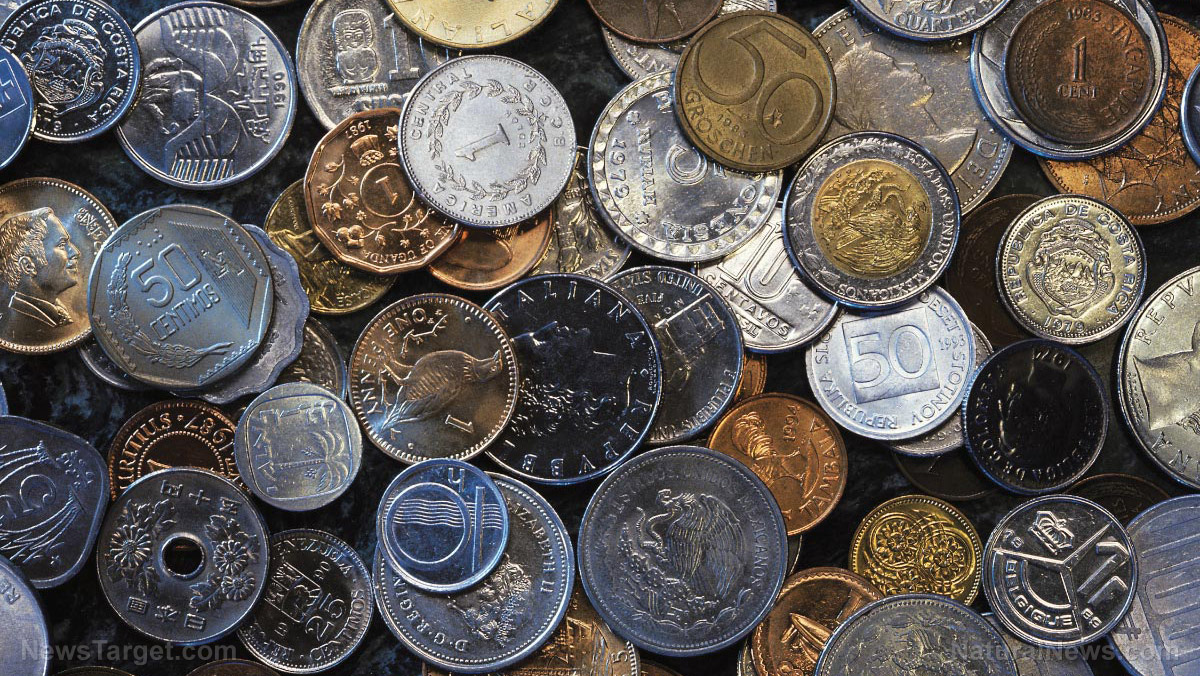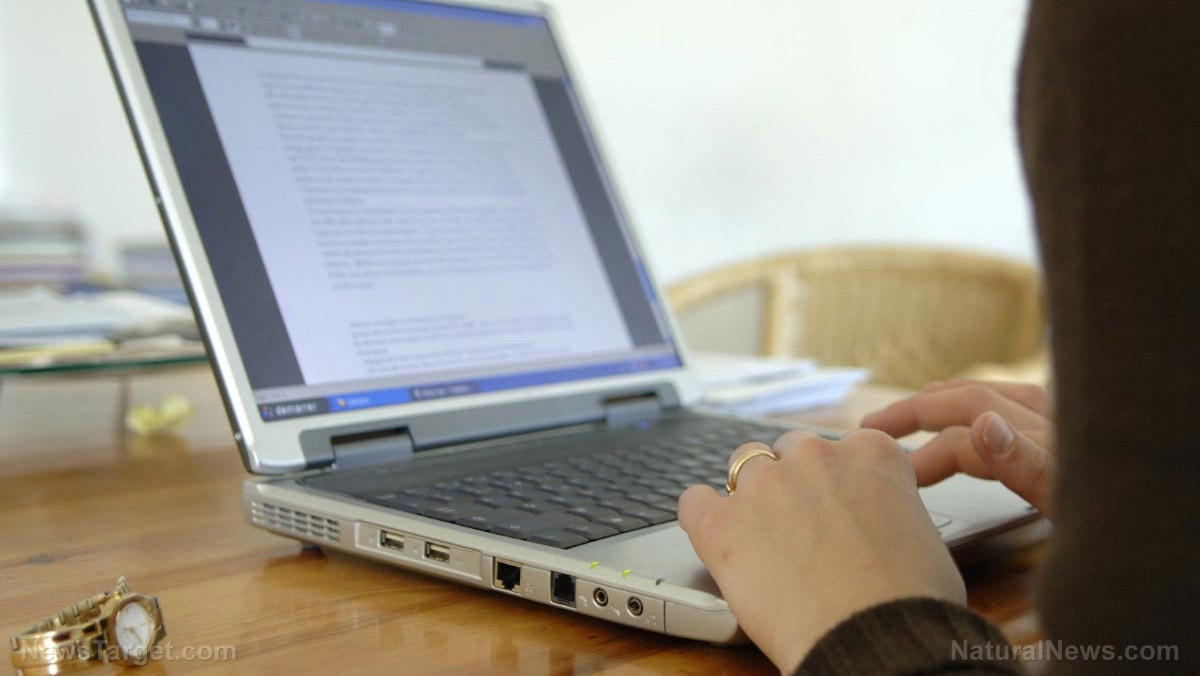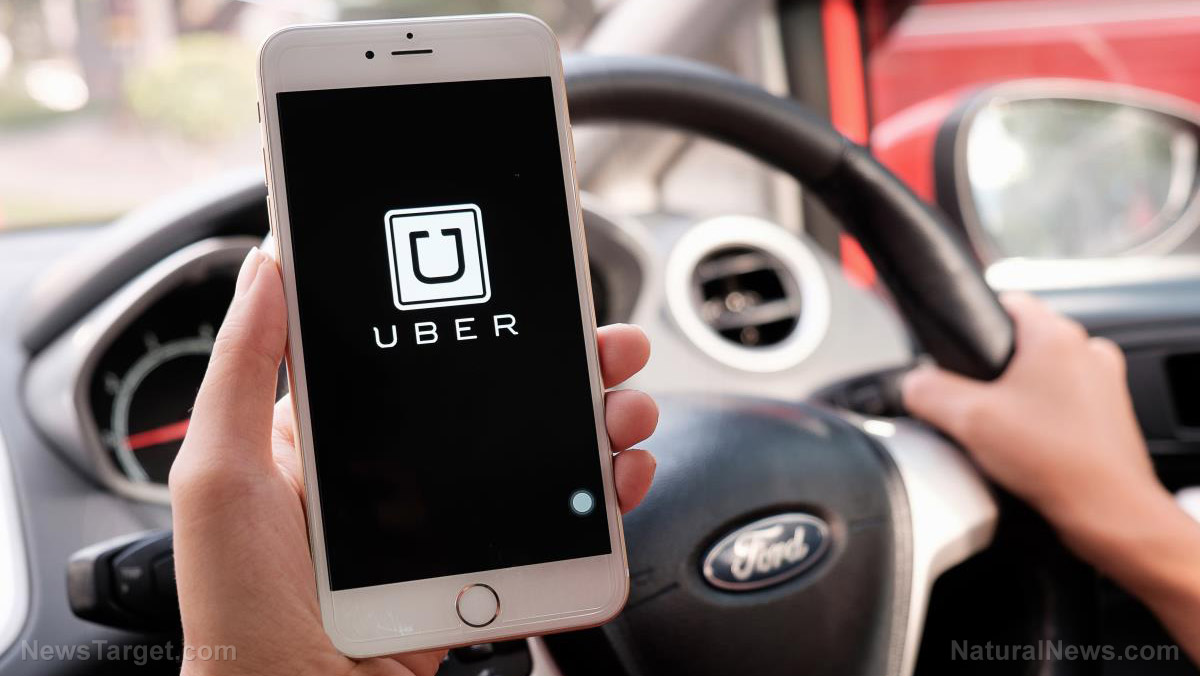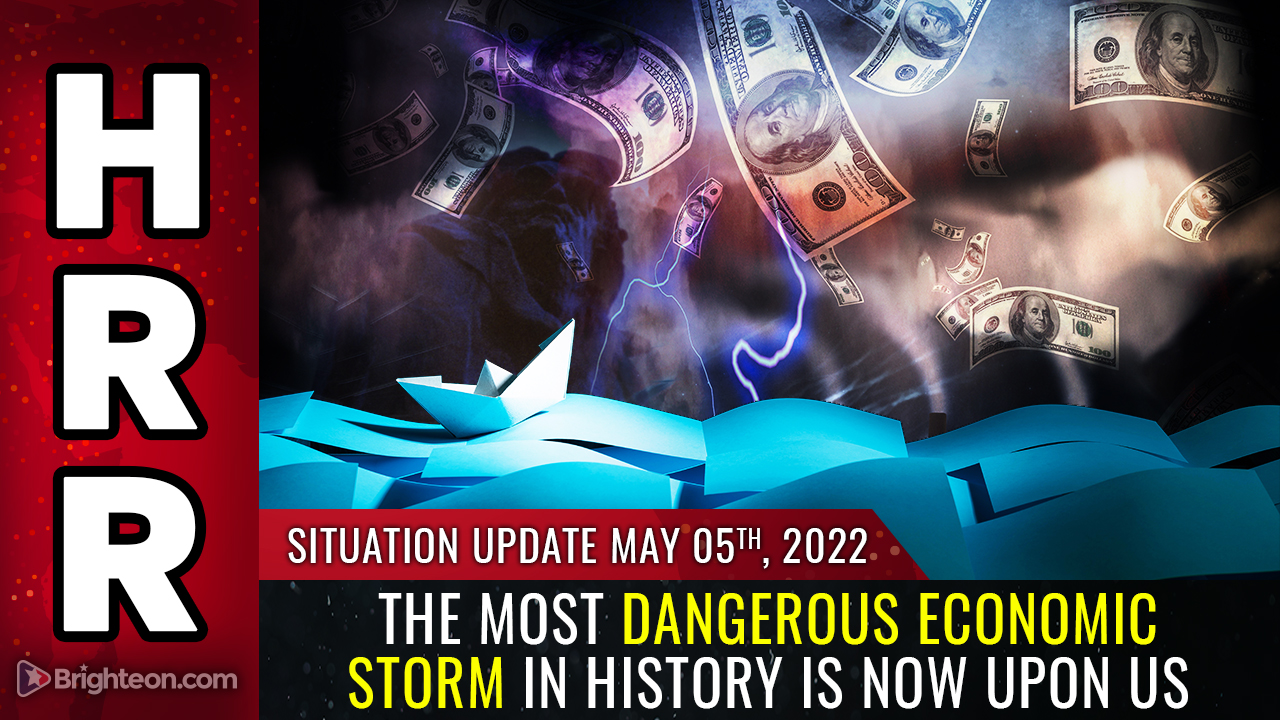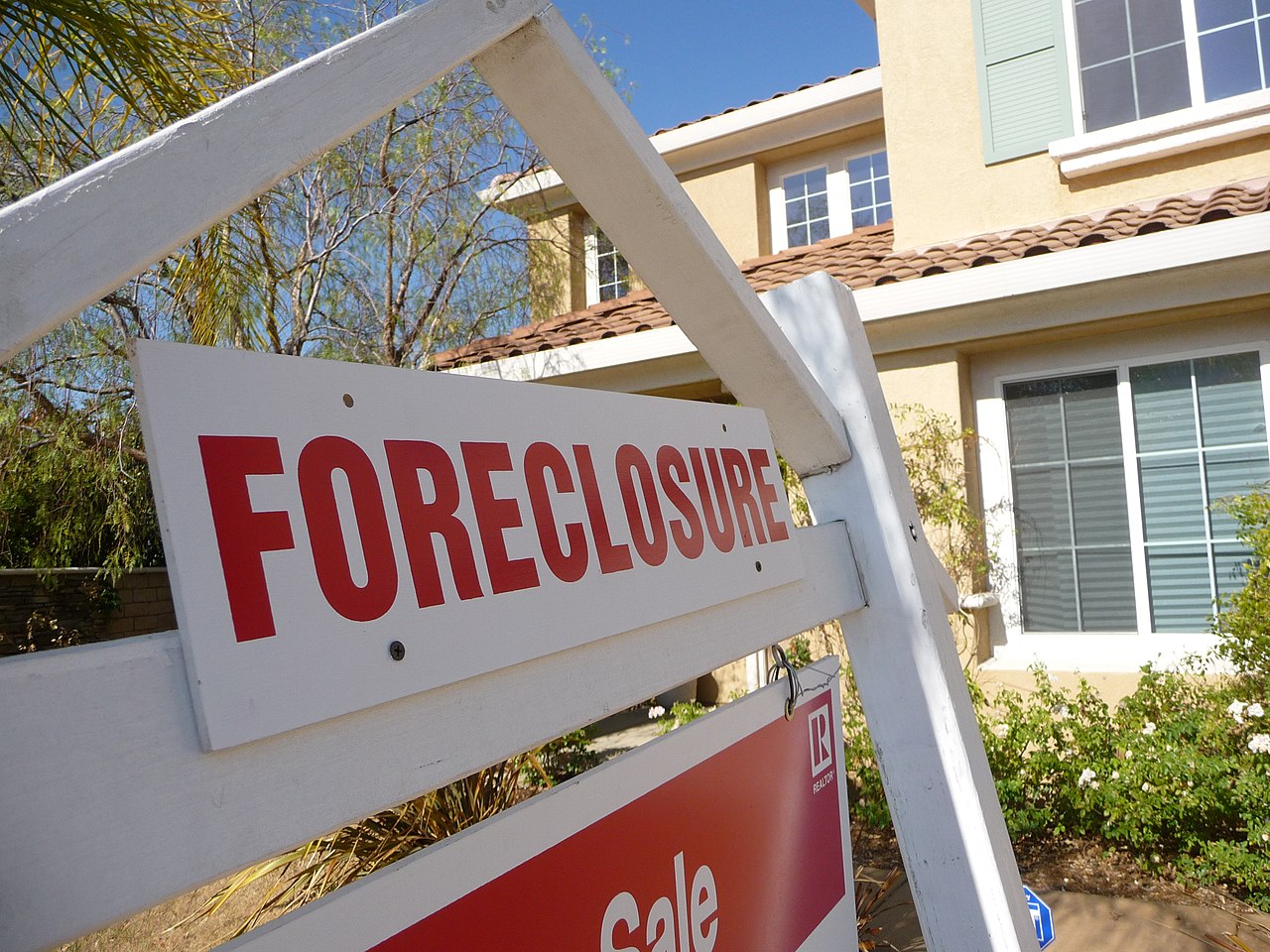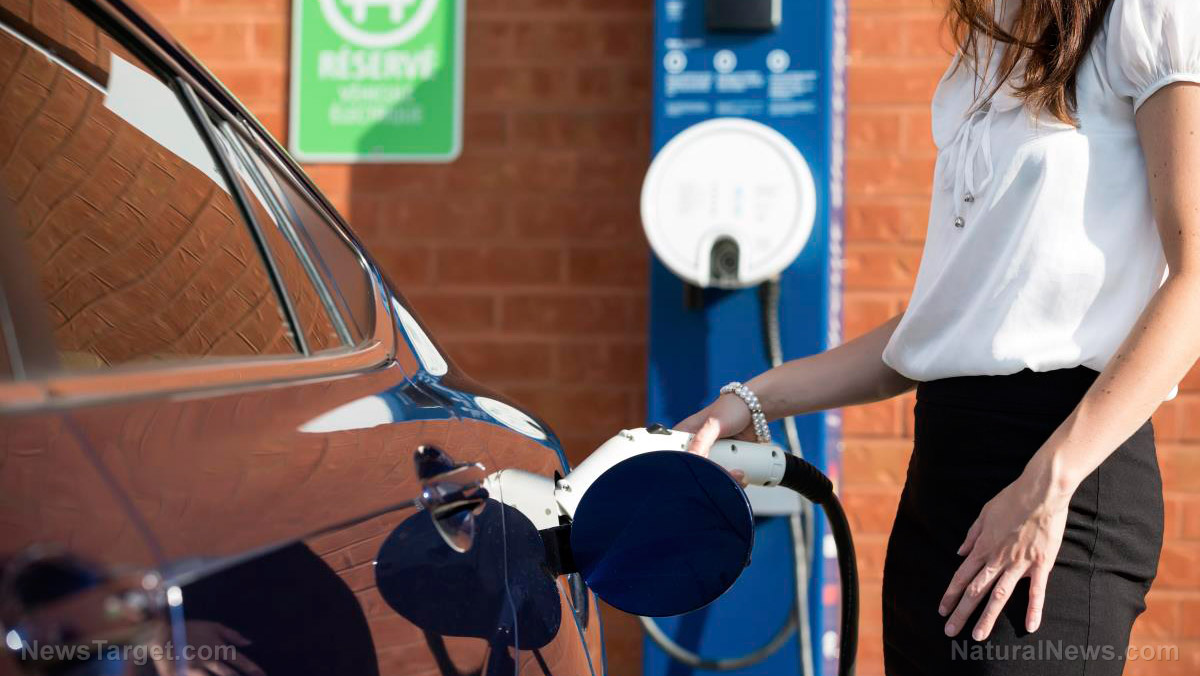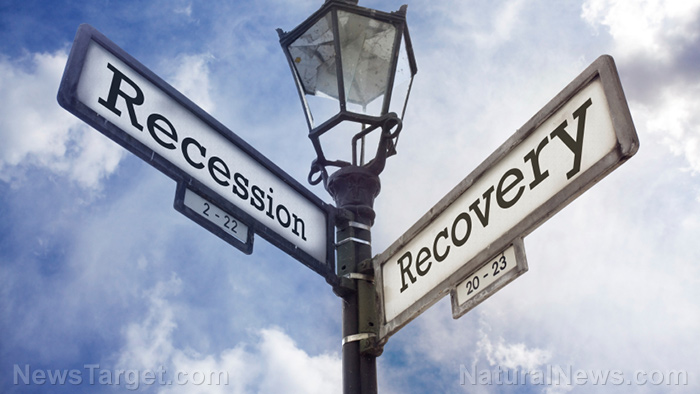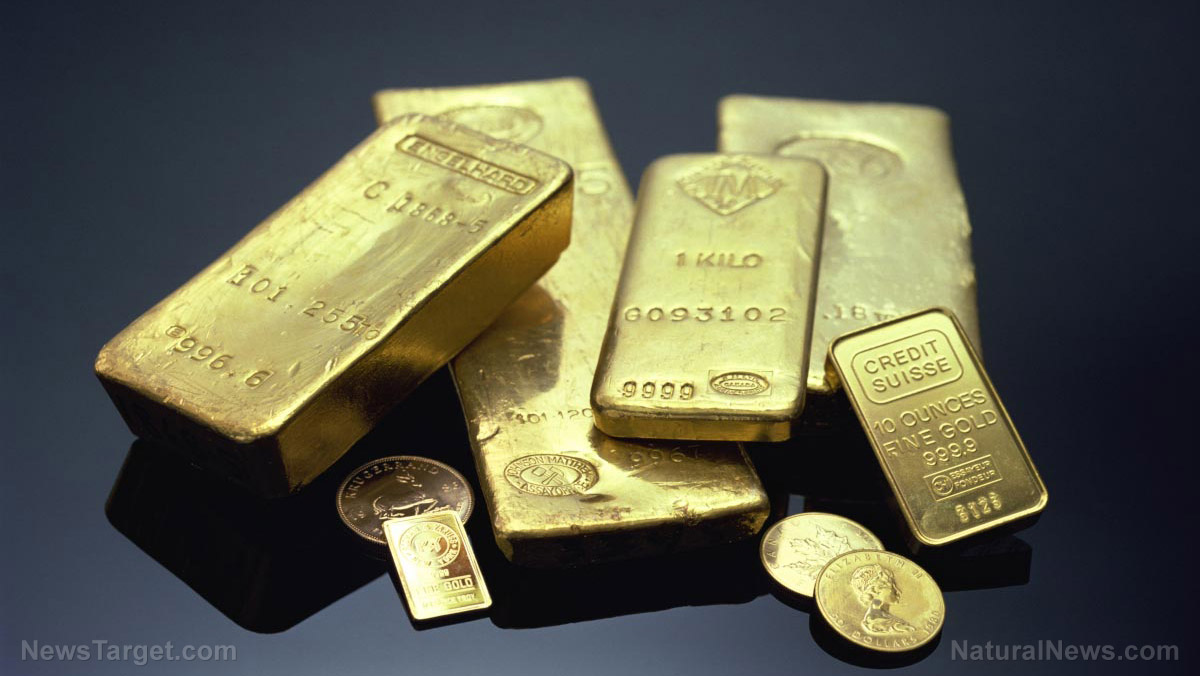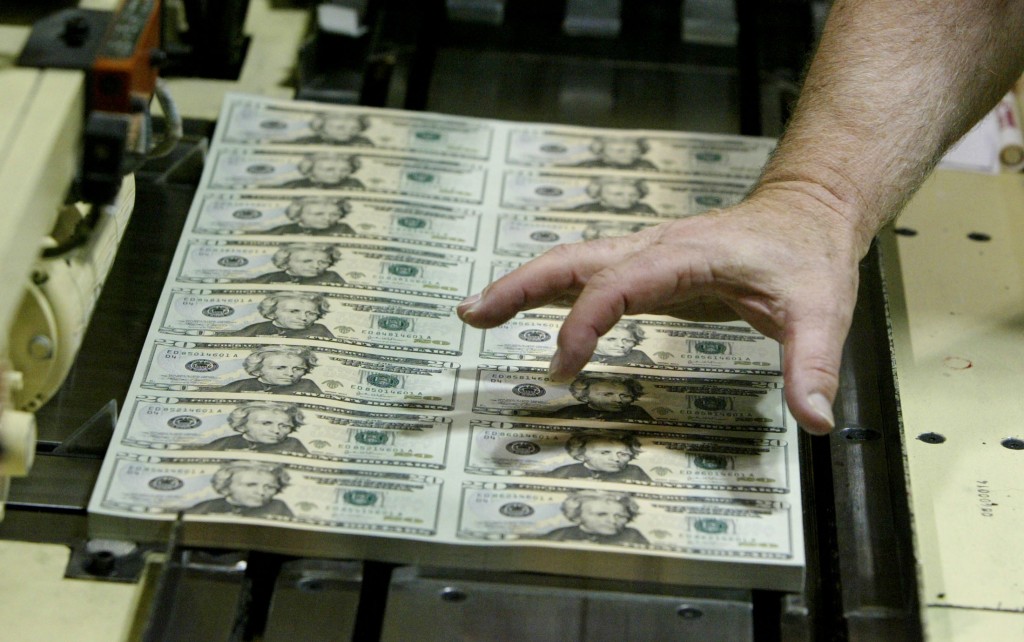Inflation is officially up 7.5 percent from last year, highest annual increase since 1982
02/15/2022 / By Kevin Hughes

The Department of Labor announced Thursday, February 10, that inflation in January rose 7.5 percent compared to the same month last year, the highest since February 1982 which was 7.6 percent. The year-over-year rate or “annualized rate” in December 2021 was 7.1 percent.
The number surpassed economists’ prediction that consumer prices in January would increase to 7.3 percent compared to 12 months ago, according to information from data provider FactSet and acquired by the Associated Press.
The sharp rise in inflation is being attributed to U.S. consumers spending freely, thanks to higher salaries and billions of pandemic-relief cash, and the continuous supply chain issues, which triggered higher prices of goods. (Related: Despite wage increases, the average US worker lost money in 2021 due to soaring inflation.)
The higher-than-expected reading reveals that inflation sped up last month, dashing hopes that price hikes were slowing while also raising the likelihood that the Federal Reserve will seek an aggressive course of interest increases this year.
The report also likely decreases the odds that Democrats will be able to make President Biden’s Build Back Better agenda a reality, given West Virginia Sen. Joe Manchin’s concerns about inflation.
The Consumer Price Index for All Urban Consumers increased 7.5 percent in January on a 12-month basis, the largest growth since February 1982. Used car prices were one of the main drivers, soaring 40.5 percent over the last year. Energy prices moved up 27 percent, with gasoline prices increasing 40 percent. Food prices increased by seven percent, while medical services increased by a modest 2.7 percent.
Minus volatile food and energy prices from the index, the so-called core inflation increased by six percent over the past year, which was less than the broader index, but still the highest reading in four decades.
On a monthly basis, the Consumer Price Index for All Urban Consumers climbed 0.6 percent in January, coming in above expectations while matching December’s increase.
Inflation to remain longer than expected
According to analysts, the report hints that inflation may remain longer than expected.
“A rapid cyclical acceleration in inflation is underway. And with labor market conditions exceptionally tight, it is unlikely to abate any time soon,” said Andrew Hunter of Capital Economics.
ING Chief International Economist James Knightley said the elevated inflation rate, along with corporations’ ability to increase prices, should incite the Federal Reserve to move fast.
“Inflation is at a new 40-year high and it isn’t just the rate that should be worrying the Federal Reserve, but also the breadth of corporate pricing power. With wages, commodity prices and supply-chain strains all contributing, the Fed will need to respond aggressively,” Knightley noted.
Edward Moya, senior market analyst at the trading firm OANDA, warned that the upward pressure on interest rates may fade soon. “Yields are going to go higher but not significantly higher,” said Moya. “There could be exhaustion in this move.”
Some economists, however, stuck to their belief that inflation will begin easing in the near term.
“Inflation is still hot, and obviously uncomfortably high, but it’s at its peak, and as the pandemic winds down, as supply chains iron themselves out, inflation will moderate,” said Mark Zandi, chief economist at Moody’s Analytics.
The Federal Reserve is expected to begin raising interest rates in March, and the latest report added more fuel for those disputing that the bank should move aggressively by starting with a half-percentage-point hike immediately.
James Bullard, president of the Federal Reserve Bank of St. Louis, said that he would like to see the Federal Reserve hike rates by a full percentage point by early summer, over the course of three meetings.
“I’d like to see 100 basis points in the bag by July 1. I was already more hawkish but I have pulled up dramatically what I think the committee should do. You have got the highest inflation in 40 years and I think we are going to have to be far more nimble and far more reactive to data,” Bullard said.
Meanwhile, there are less signs that inflation will decrease substantially soon. Most of the factors that have driven up prices since last spring stayed, such as wages rising at a quick pace in at least 20 years. Ports and warehouses are also affected with hundreds of workers at the nation’s busiest ports of Los Angeles and Long Beach out sick last month resulting in many products and parts remaining in short supply.
The steady rise in prices has left many Americans less able to buy food, gas, rent, child care and other necessities. In general, inflation has come up as the biggest risk factor for the economy and a serious warning to President Joe Biden and congressional Democrats heading to the midterm elections in November.
The Federal Reserve and its chair, Jerome Powell, have veered away from the ultra-low-interest rate policies that the Federal Reserve followed since the COVID pandemic ruined the economy in March 2020. Powell indicated two weeks ago that the central bank would likely increase its benchmark short-term rate multiple times this year, with the first hike likely to happen in March. Investors have fixed at least five rate surges for 2022.
More related articles:
Inflation now a sure thing amid global economic chaos.
EPIC FAIL: Biden’s first year in office marred by worst annual inflation in four decades.
Watch the video below to know how the Fed gears up to deal with inflation.
This video is from the Corstet channel on Brighteon.com.
Follow Bubble.news to know more about inflation and economic collapse.
Sources include:
Submit a correction >>
Tagged Under:
consumer prices, covid-19, democrats, economists, Federal Reserve, Inflation, interest rates, Joe Biden, pandemic, price hikes, supply chains
This article may contain statements that reflect the opinion of the author
RECENT NEWS & ARTICLES
COPYRIGHT © 2017 MARKET CRASH NEWS




